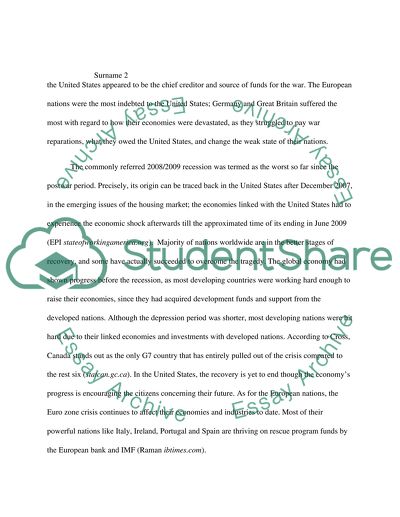Cite this document
(“Compare great depression with the last recession of 2008-2009 Term Paper”, n.d.)
Compare great depression with the last recession of 2008-2009 Term Paper. Retrieved from https://studentshare.org/macro-microeconomics/1464177-compare-great-depression-with-the-last-recession
Compare great depression with the last recession of 2008-2009 Term Paper. Retrieved from https://studentshare.org/macro-microeconomics/1464177-compare-great-depression-with-the-last-recession
(Compare Great Depression With the Last Recession of 2008-2009 Term Paper)
Compare Great Depression With the Last Recession of 2008-2009 Term Paper. https://studentshare.org/macro-microeconomics/1464177-compare-great-depression-with-the-last-recession.
Compare Great Depression With the Last Recession of 2008-2009 Term Paper. https://studentshare.org/macro-microeconomics/1464177-compare-great-depression-with-the-last-recession.
“Compare Great Depression With the Last Recession of 2008-2009 Term Paper”, n.d. https://studentshare.org/macro-microeconomics/1464177-compare-great-depression-with-the-last-recession.


